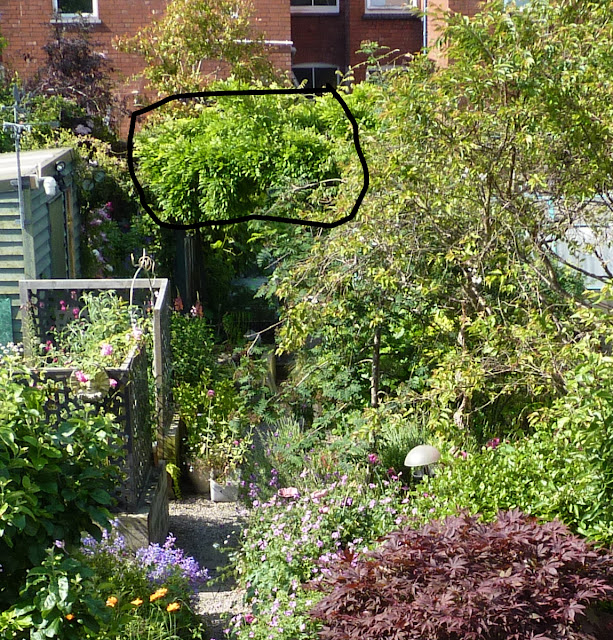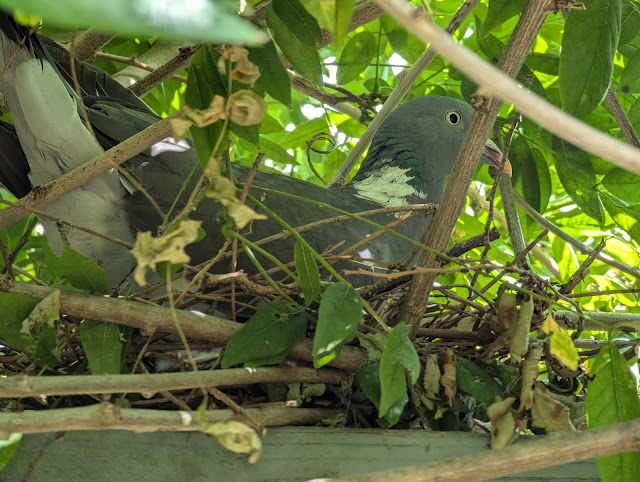For some time we have been hankering for a half-decent microscope - ideally one with a screen with the capability for taking photos and videos. We had an ancient school microscope, kindly donated by one of our citizen science friends, but the optical lenses were badly scratched and we could not find suitable replacements. So on April 11th this year, a package arrived ...
 |
Photo 1: A Package Arrives ...
|
Mary was out so I had to wait on her return before opening it ...
 |
| Photo 2: Celestron LCD Digital Microscope II |
 |
| Photo 3: Microscope and Accessories |
You can find a fuller description of the microscope
here. It comes with a number of accessories - some useful, some less so. This carrier bag (
Photo 4) is certainly handy for transporting this microscope, capable of mains and battery operation.
 |
| Photo 4: Handy Carrier Bag |
The three objective lenses (x4, x10, x40) combined with the camera sensor (x10) provide optical magnification of x40, x100 and x400. Digital magnification up to x1600 (using the built-in camera's zoom function) is available.
The 3.5" colour touchscreen is great for group views and certainly reduces eyestrain - especially for us oldies! I used a phone adaptor on our old optical microscope but it was a bit fiddly. Photos and videos are very easy on the Celestron microscope.
The Celestron microscope has light sources below (transmission) and above (reflection) the specimen to cater for both translucent and opaque samples.
I will give a fuller review once I have given the microscope a good work out. By way of a taster, here is a photo taken from a pond sample ...
 |
| Photo 5: Pondlife |

























